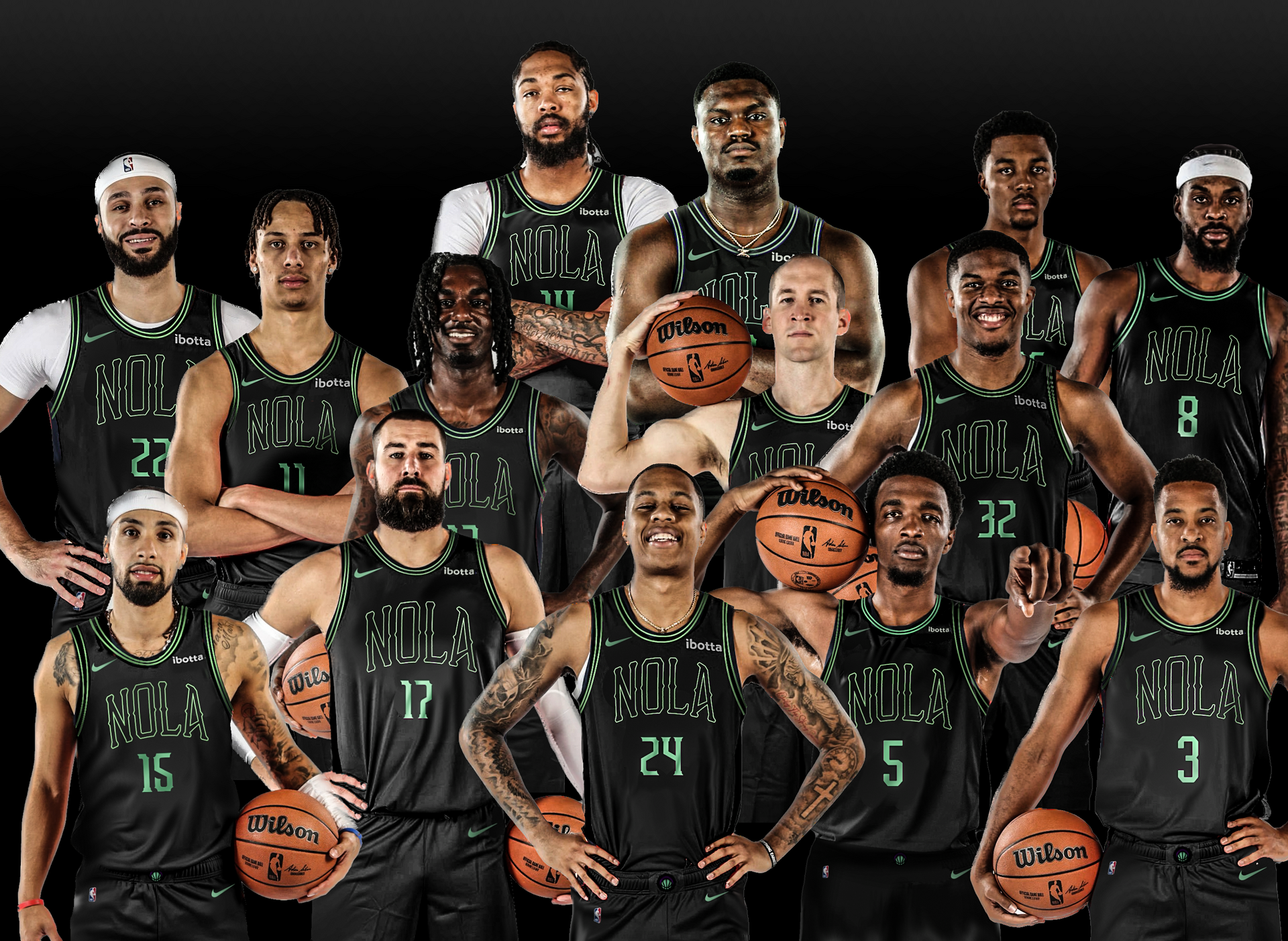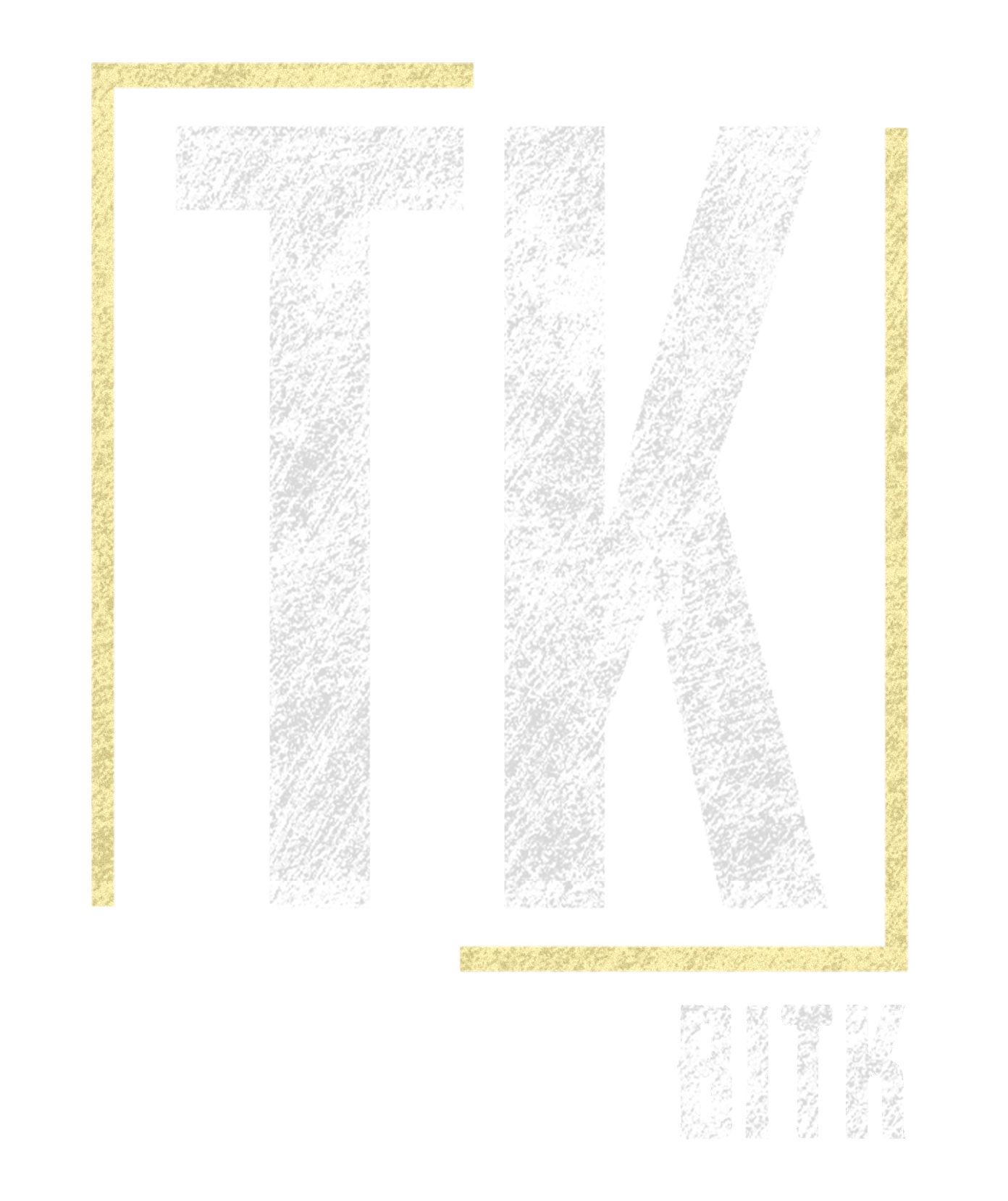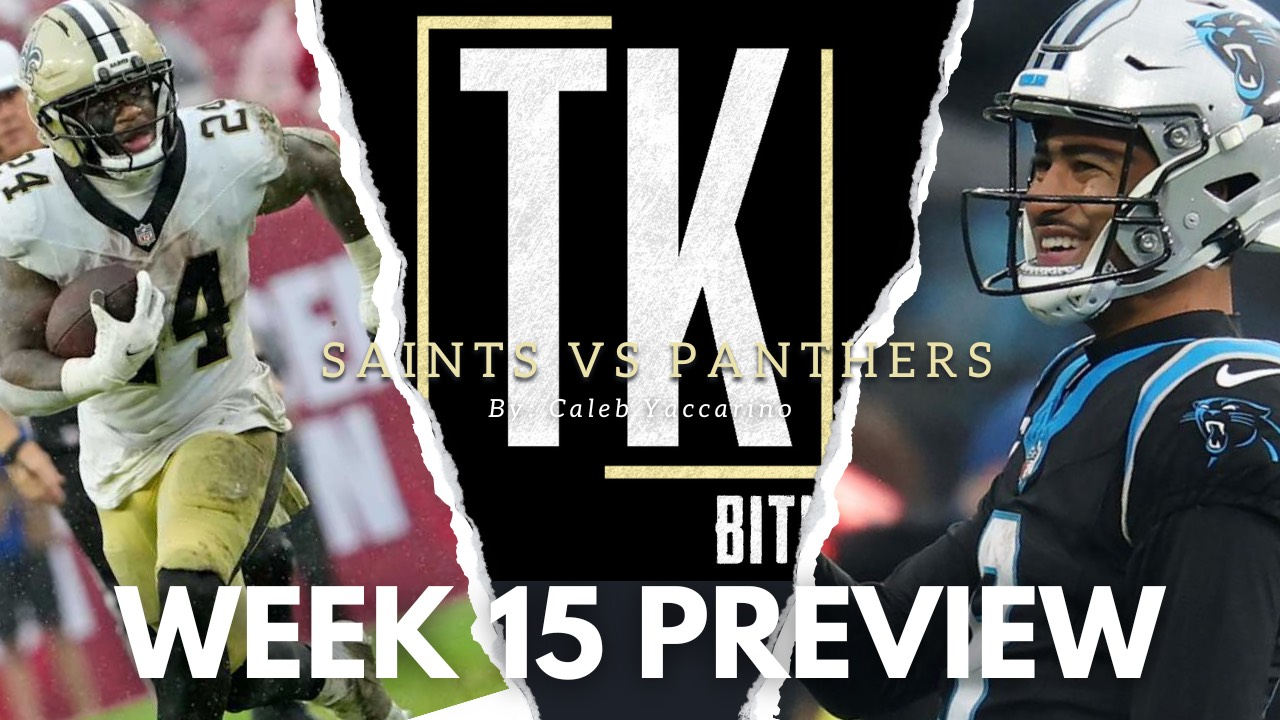The End Of The First
"And that'll do it for the first quarter here in New Orleans, your Pelicans' lead the field 12 to 10. Stay tune for the start of the second." - Joel Meyers(probably)
The New Orleans Pelicans completed the first quarter of their schedule by advancing in the inaugural NBA In-Season tournament by defeating the Sacramento Kings 127 - 117 in Sacramento. This win concludes a quarter of ups and downs, with our arch nemesis, "Sir Injury Bug," occasionally appearing. While the beginning of this season does not resemble that of the last one in which the Pelicans had a fully healthy Zion Williamson available to start(14-8 in 22-23), one could argue that this team is in a better position for success from an overall standpoint. Let's look into the first quarter and see what the Pelicans did well.
Catch And Shoot 3's Are MONEY
"MATT RYAN - GOT IT!" #Pelicans lead 90-81 with 9 mins left in the game pic.twitter.com/POht2ZBM1Z
— New Orleans Pelicans (@PelicansNBA) November 2, 2023
While the Pelicans aren't shooting a high amount of three-pointers (26th in the NBA in attempts), 93.8% of their made three-pointers come off of passes. Matt Ryan is leading the way, shooting 46.5% on 4.8 catch-and-shoot three-point attempts per game. The Pelicans have four players in the Top 25 on catch-and-shoot attempts in the entire NBA. This stat heavily favors the Point Zion scheme the Pelicans had begun to deploy more often as the first quarter of the season progressed. With Trey Murphy's return from injury and the emergence of rookie shooter Jordan Hawkins(more on that later), this could be a vital part of the Pels' push for the playoffs.
Jordan Hawkins Is A Rookie Veteran
On draft night, the New Orleans Pelicans selected Jordan Hawkins, to the dismay of many of the Pelicans' fanbase. Jordan Hawkins may not have been what the fanbase wanted then, but he has swiftly become a favorite and a pivotal piece of the Pelicans rotation. Possessing what NBA Champion and color commentator Antonio Daniels would call "a wetter," Jordan "Hawk" Hawkins is a viable threat from three-point range, shooting 37.3%, while leading the team with 150 attempts. Not only is Hawkins a willing and able shooter from deep, but he also has the makeup of an elite two-level scorer possessing a lethal midrange package. Hawkins is third on the NBA Rookie ladder behind second-year rookie Chet Holmgren and talented Frenchman Victor Wembanyama. What makes Hawkins so unique, beyond his shooting prowess, is his unbothered demeanor. There's never a moment too big for the 21-year-old rookie, often asking for the ball in crucial moments and attacking the boards to grab a pivotal game-swinging rebound. While Jordan is a gifted offensive threat, his lack of defensive ability could potentially hinder his playing time with a fully healthy Pelicans roster. Hawkins recorded his first Healthy DNP of the year against the Kings, which can only point to the fact that he is the only rotation player with a negative plus/minus (-3.2). One can only hope that by gaining muscle mass and his teachable mentality, Hawkins will grow into a capable defender as his career progresses. The future is bright for this young star, and he is, without a doubt, the steal of the NBA Draft at this current moment.
Herb Jones Is To The Pelicans What James Brown Is To The Music Industry
Here is @jj_redick absolutely gushing over Herb Jones on the @ZachLowe_NBA pod
— retroPels (@retro_pels) December 6, 2023
❤️ and RT to spread the good word of Herb pic.twitter.com/zMFkb9Zikc
Herb Jones is more than just a gifted defender; 20.7% of the team's possessions end in a Herb Jones assist. Jones is also shooting a career-high 35% from three while adding 64% from inside the arc and 88% from the free throw line. The twenty-five-year-old, three-year pro is evolving into a top-tier do-it-all forward right before our eyes. Jones is the most crucial piece in the overall success of the New Orleans Pelicans. He may never get the fanfare of Zion Williamson, Brandon Ingram, CJ McCollum, or even Trey Murphy III. Still, the success of all of those individuals weighs heavily on the availability of Herb Jones. This strikes a unique resemblance of the relationship between the honorably nicknamed "Hardest Working Man In Show Business" James Brown, and two of the most prominent music and pop culture superstars, Michael Jackson and Prince. Brown never reached the popularity of Jackson and Prince but is credited as the most influential artist in both world-renowned celebrities' careers. James Brown is also the most sampled artist of all time, being sampled a whopping 8,877 times, with a significant amount of those samples garnering commercial success. While Brown may never be celebrated in the same breath as Michael Jackson or Prince, one could argue that Brown made it possible for those individuals to reach their levels of success by being so great at what he does best. The same can be said for Herb Jones and the Pelicans. Herb Jones has the uncanny ability to correct his teammate's defensive lapses before those lapses hurt the team. He's also developed the ability to space the floor, pulling defenders away from the basket with the threat of Jones not only shooting but making the corner three-point shot. While Herb is already one of the most respected defenders in the entire NBA, he is more than a defender to this Pelicans team. Jones is the Heartbeat, the engine, and the hardest working man in a Pels Business.
CJ McCollum Is The Perfect Veteran For This Team
CJ McCollum is having a career year in steals, assists, and blocks while still scoring an efficient 20 points per game on 50% shooting from two. and 36% from three. While those are impressive statistics for the Pelicans' third option, McCollum's most significant contribution to this team cannot be quantified in numbers. CJ is the consummate professional who unapologetically holds his teammates accountable privately and publicly, often highlighting his behind-the-scenes conversation with franchise cornerstones Zion Williamson and Brandon Ingram. This attribute in a veteran player who also supplies on-court production has been the missing link of the New Orleans Pelicans organization since the departure of future Hall Of Famer Chris Paul.
After being sidelined by injury, CJ returned to the lineup against the Philadelphia 76ers, contributing a full stat line of twenty points, four rebounds, five assists, two steals, and one block. McCollum's steady nature on and off the court has been a breath of fresh air for this organization.
Is This The Deepest Team In The NBA?

With seven double-figure scorers, ten 35% or more three-pointer shooters, six 60% field-goal shooters, and ten players having a positive plus/minus per 100 possessions, this is, without a doubt, the deepest team the New Orleans Pelicans have ever deployed. One could argue that this is one of the deepest teams in the entire NBA. The 12-10 record may not show that at first glance, but when you take into consideration that the Pelicans have had their opening night starting lineup on the floor to start a game only six games out of a possible 22(27%) and have been without budding young star Trey Murphy III, and fan favorite Jose Alvarado the majority of the season, one could say that things could be a lot worse. With the revelation of top-tier young defender Dyson Daniels, the gravity-shifting shooting ability of NBA Journeyman Matt Ryan, "the knife" Naji Marshall, and the surprising contribution of Cody Zeller, this Pelicans team can play multiple different styles of basketball. This level of depth is a luxury that most organizations rarely can garner, yet here the Pelicans are.
With so much depth and talent, one has to wonder how Coach Green will manage the minutes of this team moving forward. How do you keep team morale high through the inevitable DNPs that will mount up for players deserving of playing time? Furthermore, do the Pelicans commit long-term to resting Zion on back-to-backs, or is this a short-term plan? With the consistent lineup changes due to injury and the number of pivotal minutes played by first and second-year players, the first quarter could be considered a success despite the team's current overall record. The Pelicans' unlucky injury track record helped them develop their young talent while coming out of it with an above .500 record. Now, we gear up in Las Vegas to begin the second quarter. Will the Pelicans put it all together and make a run, starting with winning the In-Season Tournament? Tune in tonight at 8 pm central time for tip-off.
A quick share helps us a lot!



